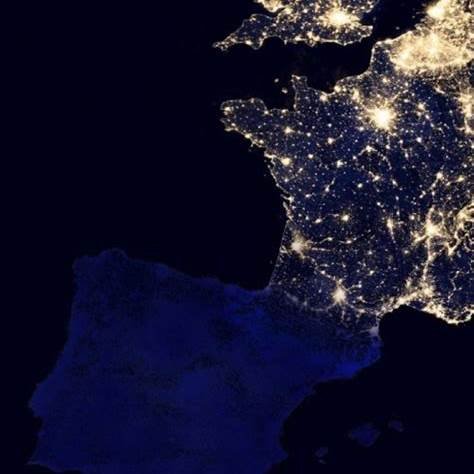🕒 At 12:33 CET, the Iberian grid faced a sudden defect (cause still under investigation).
🔌 Immediate trip of a major power plant in Southwest Spain.
⏱️ 1.5 seconds later, another key plant disconnected in the same zone.
⚡ Chain reaction:
Massive solar PV disconnections 🌞
Disconnection from France 🔗
Cascading system failure → partial blackout.
🔍 Root Causes:
1️⃣ First Trip: Protection systems triggered by a defect.
2️⃣ Second Trip: Loss of synchronism (out-of-step protection or local voltage collapse).
3️⃣ PV generation lacks sufficient voltage support under critical conditions.
4️⃣ System collapse following an N-2 event, far beyond normal design criteria.
☢️ Nuclear plants in Spain automatically disconnect under severe voltage swings —
➡️ They are NOT designed to perform LVRT (Low Voltage Ride Through) as renewables do.
🔄 Spinning reserve: Spain maintains >3 GW of must-run synchronous generation.
➡️ If spinning reserve drops or is destabilized, blackout becomes highly probable — regardless of whether generation is solar, wind, or thermal.
🧠 Key Lessons:
Iberia needs BESS 🔋 and Grid-Forming Inverters ⚡ to stabilize frequency and voltage immediately.
Old assets (especially nuclear and thermal) cannot react fast enough.
Virtual inertia, fast digital controls, and distributed reserves are no longer optional — they are essential.
Our assessment Iberian_Grid_Instability_vs1_1:

